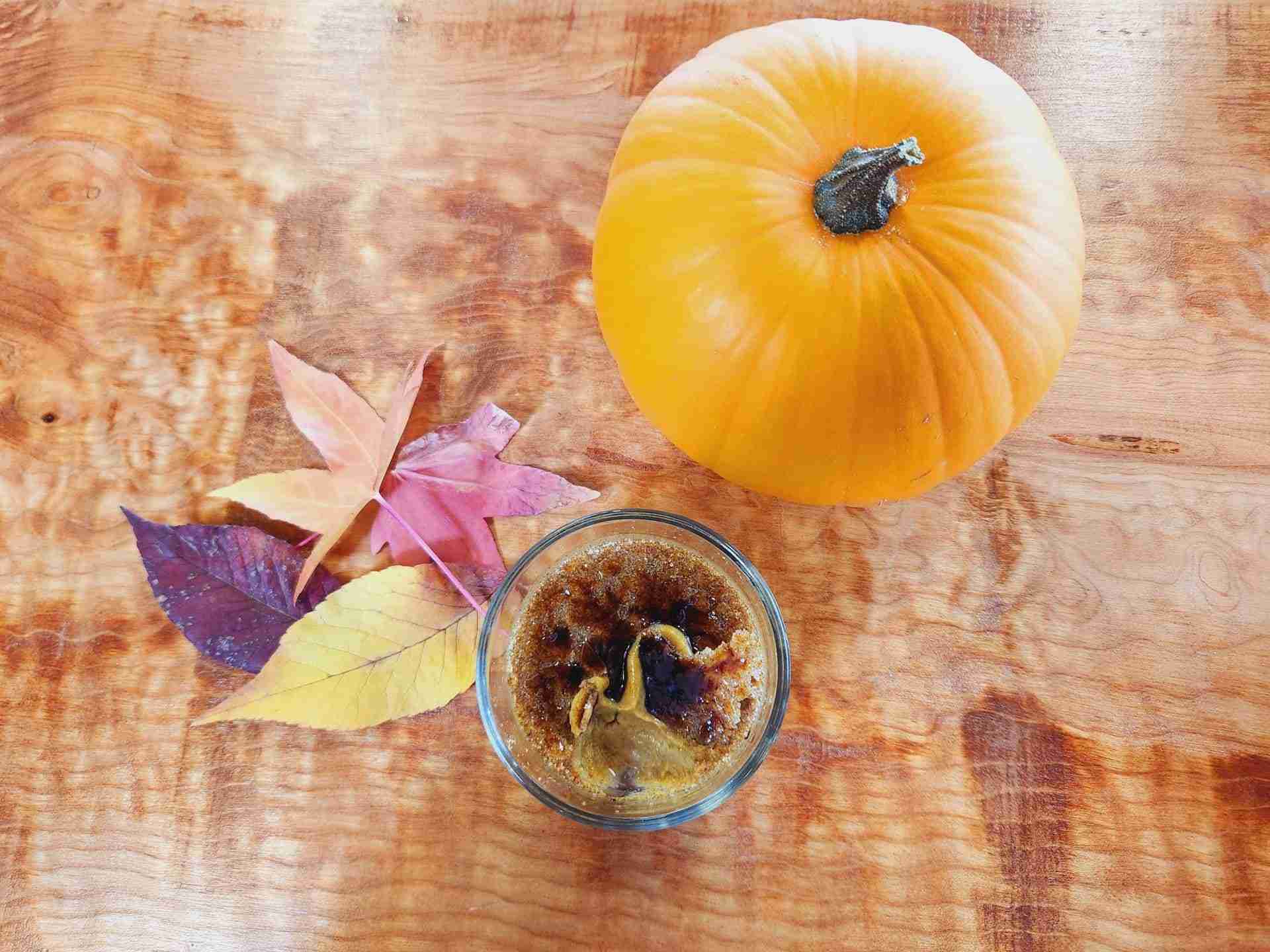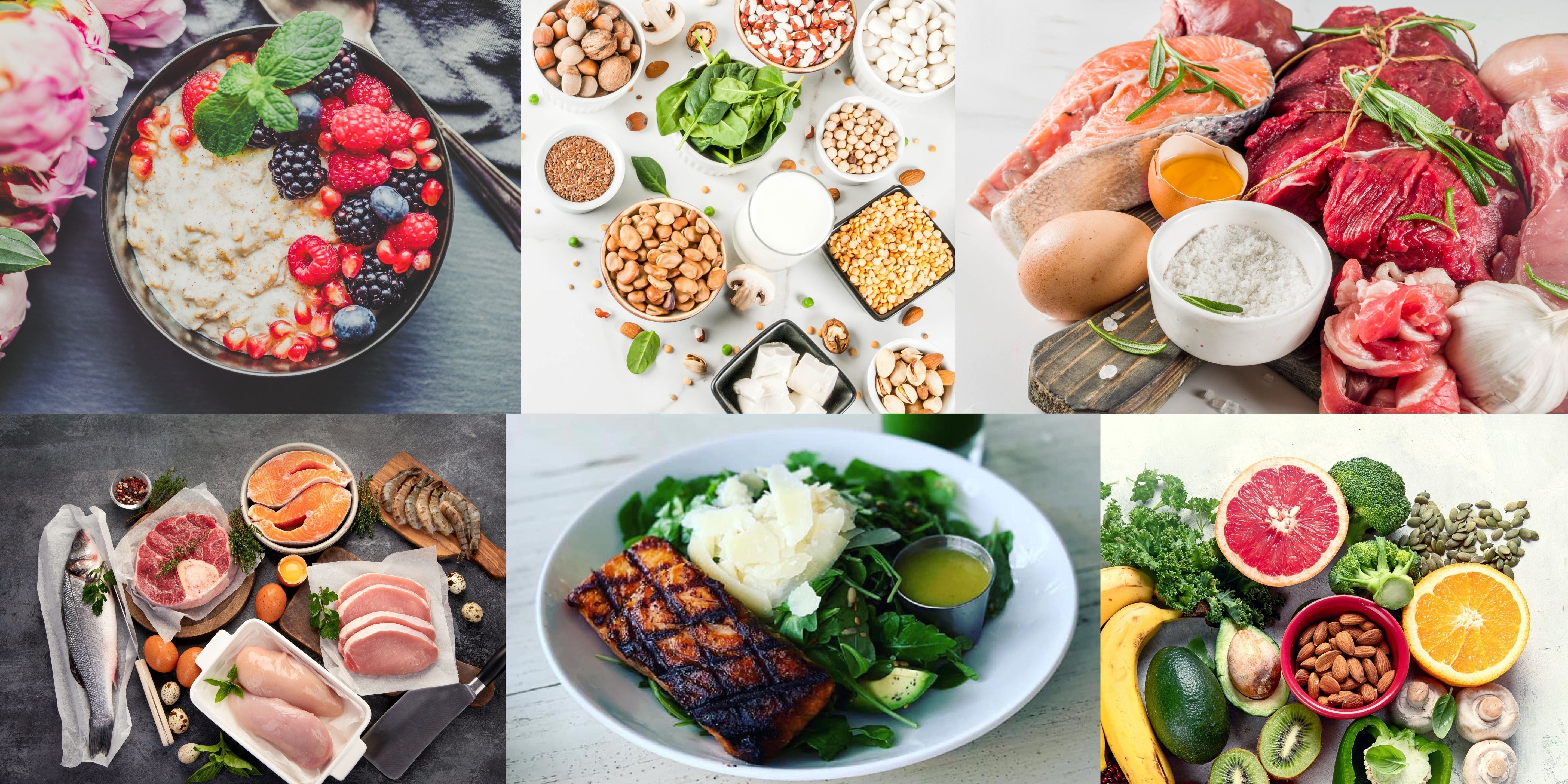
Pumpkin Crème Brûlée
Since first learning to make this recipe with our goat milk cream back in 2020, I have loved experimenting with different alterations to the original recipe. I am all about that flavor and mixing things up! For the fall season, I thought it was about time I attempted a pumpkin spice version. The verdict? This recipe is a keeper! Try it out, and let us know what you think in the comments!
Special Equipment Needed:
Kitchen scale (for measuring out cream flakes)
Blow torch (optional, another method is provided for the burnt topping)
Ingredients:
- 1 egg yolk
- 1 Tbs sugar
- 1 Tbs pumpkin puree (from a can)
- 1 tsp vanilla extract
- 1/4 tsp pumpkin pie spice
- approximately 1/2 cup rehydrated goat cream (see rehydration instructions below)
- Dash cinnamon
- Extra sugar for the crunchy topping
Directions:
For the cream:
- You will need a kitchen scale for this. First measure out 75 g of Goat Milk Cream flakes. You can do this by putting a bowl on the kitchen scale once you put it on grams, then push tare to zero out the weight of the bowl, and then add in Goat Milk Cream until the scale reads 75 g.
- Pour the 75 g of Goat Milk Cream flakes into a blender (I used a Vitamix)
- Add 6.25 oz (6 oz will work if easier) of water to the blender with the cream. This cream to water ratio mimics the 40% fat that is typically found in cow's heavy whipping cream.
- Blend thoroughly! (Note: you will only use about half of this for a single serving)
For the Crème Brûlée:
- Preheat oven to 250 F.
- Mix egg yolk and 1 Tbs sugar in a 2 cup measuring glass with a fork until well mixed. (could use a whisk if desired)
- Add in pumpkin puree, vanilla extract, pumpkin pie spice, and a dash of cinnamon. Mix well with a fork until everything is well incorporated.
- Add in liquid goat cream up until the 1/2 cup line. Mix well with the fork
- Pour into an oven safe ramekin or glass 1 cup container (I use the Anchor or Pyrex brand glass containers that say oven-safe)
- Carefully place the container into the heated oven and bake for 45 minutes. It should have a slight jiggle in the middle when done. It will continue to cook after being pulled out of the oven.
- Let cool until the bottom of the container is safe to the touch and only slightly warm, then transfer to the fridge to firm up for a few hours (leave the lid off).
- Remove form the fridge and sprinkle a light layer of sugar all around the top. Try to keep the blow torch flame about 2 inches above the dessert and move around in circles until the sugar starts bubbling and browning. Stop for a few seconds, let the bubbling stop, then proceed again to melt the rest of the sugar, never staying too long in one spot or risk burning.
Notes:
- For those without a blow torch, Adam Ragusea has a great video “No-Torch Crème Brûlée” on YouTube on how to melt the sugar on the stove with a few drops of water and a tiny squeeze of honey. Then you pour the mixture quickly over the top of the crème and rotate the container around to evenly spread the caramelized, liquid sugar topping.
- The recipe can be doubled, tripled or quadrupled. For doubling, double the ingredients and pour in cream to bring up to the 1 cup line, for tripling, triple ingredients and pour in cream to bring up to the 1 ½ cup line, etc.
- Would you like to see other Crème Brûlée flavor options? I have got a few up my sleeve, so let me know in the comments below.
Pumpkin Crème Brûlée Video Tutorial:
Are you more of a visual learner? Check out this video we created for you, including how to use the blow torch:






Share:
Pumpkin Chocolate Truffles
Raspberry Chocolate Cashew Cream Tart